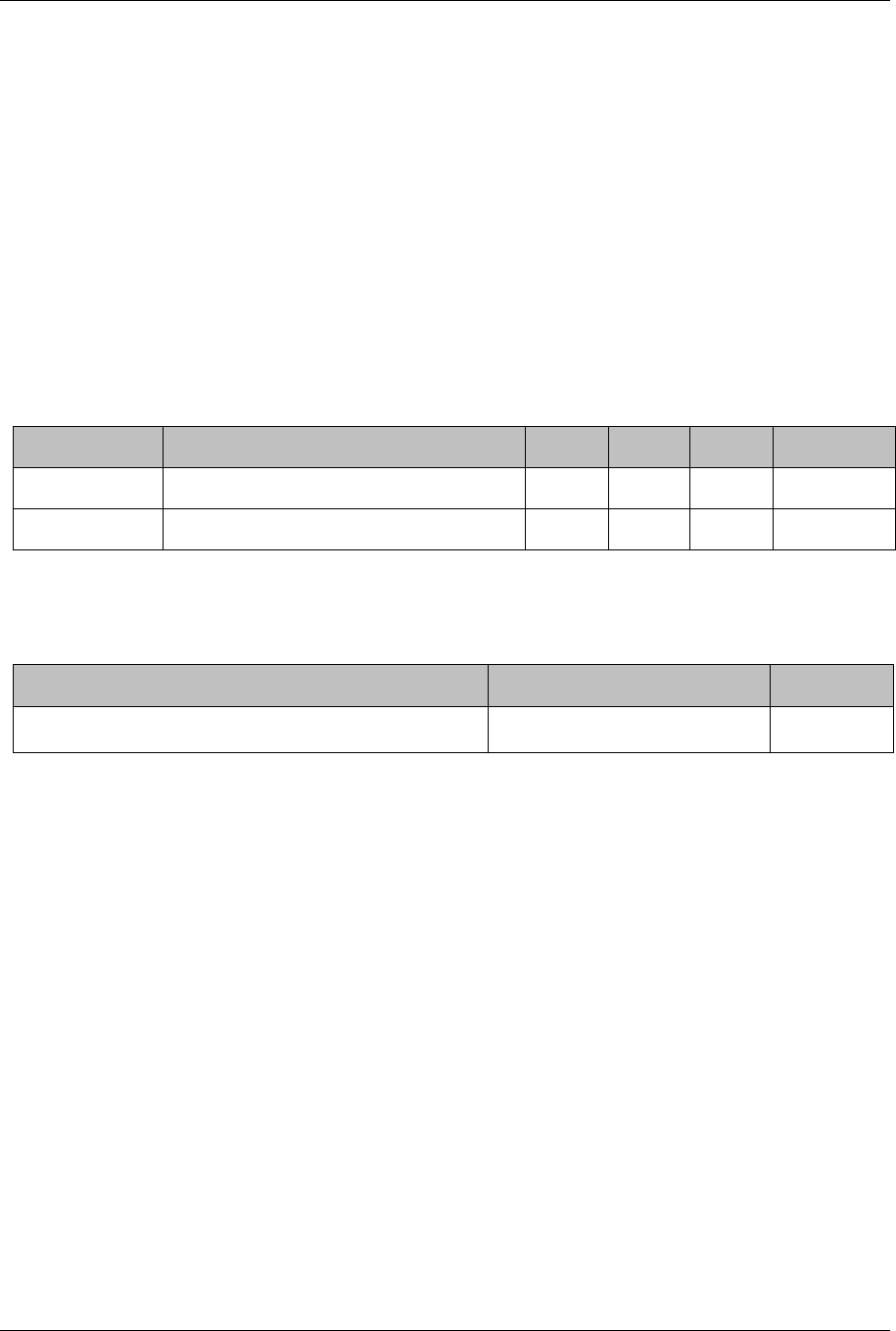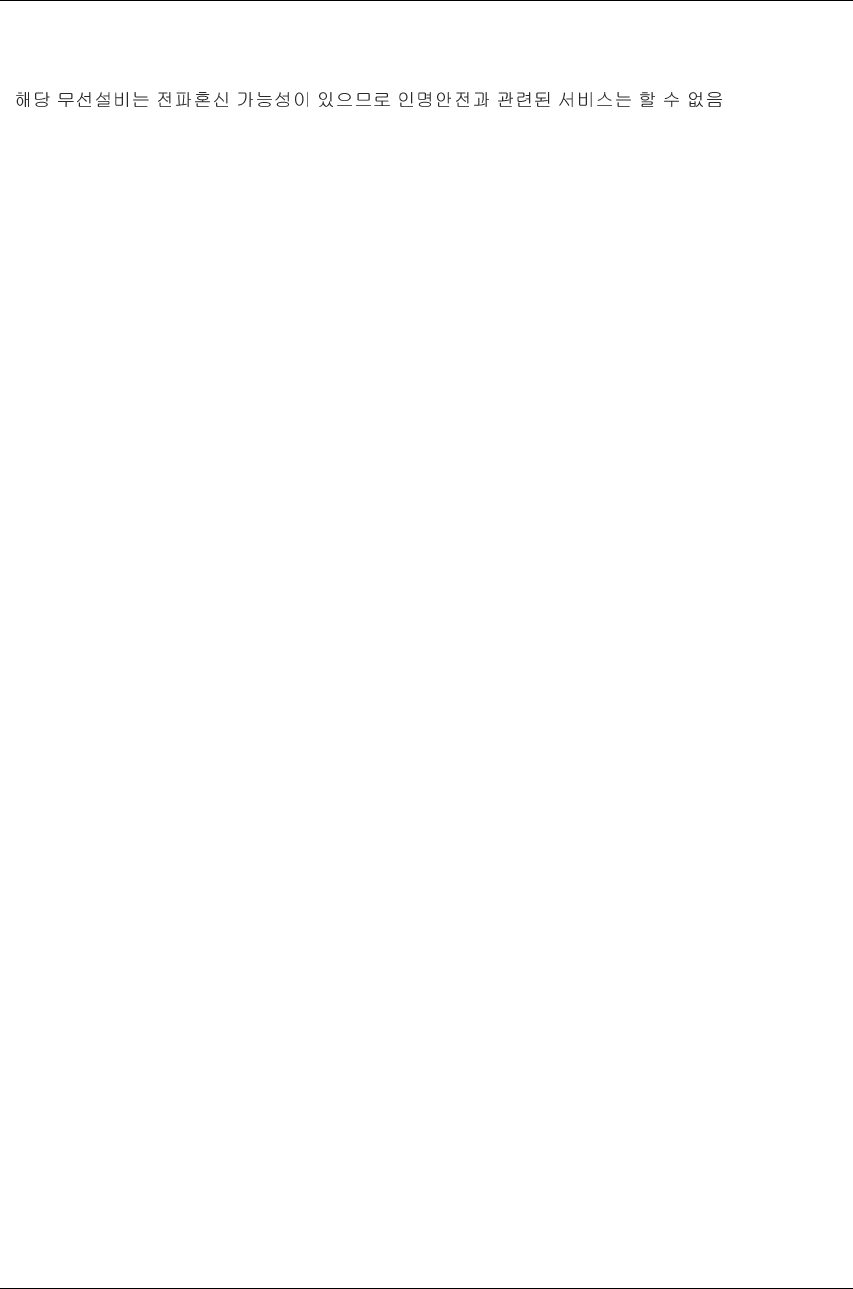Philips Consumer Lifestyle DWHP83 Digital Wireless Audio Transceiver User Manual
Philips Consumer Lifestyle Digital Wireless Audio Transceiver
User manual

.
DWHP83 Module:
The information is provided “as is” without any express or implied warranty of any kind, including warranties of merchantability,
non-infringement of intellectual property, or fitness for any particular purpose. In no event shall SMSC and/or its affiliate
companies, or its suppliers be liable for any damages whatsoever arising out of the use of or inability to use the information or
the materials. SMSC, its affiliate companies, and its suppliers further do not warrant the accuracy or completeness of
information, text, graphics, or other items contained within materials. SMSC, may make changes to materials, or the products
described within, at any time, without notice. ©2011 SMSC. All rights reserved.

mm)
DWHP83
The DWHP83 chip itself provides the basic functions of Audio Processing and buffering,
5.8 GHz RF Transceiver
5.8GHz
Rev 0.0
1. Product Description
The DWHP83 Module is an OEM module (20x40
an uncompressed wireless digital audio transceiver operating in the
bands.
The wireless audio link supports up to 4 stereo audio streams and comes together with
additional features such as: data encryption, pairing functionality, bi-directional control
data messages, low power audio snooze mode, WLAN detection, Automatic Frequency
Allocation.
Data Link Layer and Physical Layer. The module integrates all functionality for a wireless
digital audio connection, comprising:
Wireless Audio Processor
Embedded Antennas
Digital audio interfaces (I2S and/or S/PDIF)
I2C control interface
26 pins header connector for power, digital audio and control interface and GPIOs
Built-in 1MB SPI interface Flash

2.4.
2.3.
2.2.
2.1.
2.
Rev 0.0
Description of operation
Operating Conditions
Symbol Parameter Min. Typ Max Unit
VCC Supply Voltage - 3.3 - V
Tamb Operating Temperature -10 25 60 °C
Note: Regulated 3.3V power from FFC Interface
RF Information
Parameter Value Unit
RF Frequency range
5725 - 5875 MHz
Note: Country/ Region dependent
Receive mode
In receive mode, antenna diversity is supported. The single ended output of the TR switch is
connected to the RF LNA input through a matching network. Filtering and amplification is all
performed by the radio transceiver. The gain setting is controlled by the BB. The analog IQ outputs
are sampled by the BB by its integrated 22Msps dual channel 8bit ADC. This received data is
demodulated and fed to the audio processing engine controlling the audio function.
Transmit mode
In transmit mode, the audio engine transforms the audio data into packetized digital IQ signals. These
are in turn pulse-shaped before conversion by a 10bits 44Msps DAC to match to the analog IQ inputs
of the radio IC. The radio IC has programmable baseband filters to lower the RF spectrum side lobes
and to suppress the DAC image and the DAC spurious. The output power is programmable. A power
detector (PD_out) on the radio IC enables close-loop TX power control. The differential RF PA outputs
are connected via a balun and low pass filter to a transmit/receive switch with TX diversity option to
the antenna outputs.

3. Regulatory Statements for DWHP83
Contains FCC ID: BOU-DWHP83
USA-Federal Communications Commission (FCC)
This equipment complies with Part 15 of the FCC Rules. Operation is subject to the following two
conditions:
(1) this device may not cause harmful interference, and
(2) this device must accept any interference received, including interference that may cause
undesired operation.
This equipment has been tested and found to comply with the limits for a Class B digital device,
pursuant to Part 15 of FCC Rules. These limits are designed to provide reasonable protection against
harmful interference in a residential installation. This equipment generates, uses, and can radiate
radio frequency energy. If not installed and used in accordance with the instructions, it may cause
harmful interference to radio communications. However, there is no guarantee that interference will
not occur in a particular installation.
If this equipment does cause harmful interference to radio or television reception, which can be
determined by tuning the equipment off and on, the user is encouraged to try and correct the
interference by one or more of the following measures:
- Reorient or relocate the receiving antenna
- Increase the distance between the equipment and the receiver.
- Connect the equipment to outlet on a circuit different from that to which the receiver is connected.
- Consult the dealer or an experienced radio/TV technician for help.
To assure continued compliance, any changes or modifications not expressly approved by the party
responsible for compliance could void the user’s authority to operate the equipment.
Caution: Exposure to Radio Frequency Radiation.
To comply with FCC RF exposure compliance requirements, for mobile configurations, a
separation distance of at least 20 cm must be maintained between the antenna of this device and
all persons. This device must not be co-located or operating in conjunction with any other antenna or
transmitter.
Host product must be labeled with " ".
Canada – Industry Canada (IC)
This Device complies with RSS-210 of the IC Rules; Operation is subject to the following two
conditions:
(1). This device may not cause interference and
(2). This device must accept any interference received,, including interference that may cause
undesired operation.
Le présent appareil est conforme aux CNR d'Industrie Canada applicables aux appareils radio
exempts de licence. L'exploitation est autorisée aux deux conditions suivantes : (1) l'appareil ne doit
pas produire de brouillage, et (2) l'utilisateur de l'appareil doit accepter tout brouillage radioélectrique
subi, même si le brouillage est susceptible d'en compromettre le fonctionnement.
Caution - Exposure
The device meets the exemption from the routine evaluation limits in section 2.5 of RSS102 and users
can obtain Canadian information on RF exposure and compliance.
Le dispositif répond à l'exemption des limites d'évaluation de routine dans la section 2.5 de RSS102
et les utilisateurs peuvent obtenir des renseignements canadiens sur l'exposition aux RF et le respect.

ne distance minimale de 50 centimètres entre le
h a minimum distance of 50 centimeters between
This equipment should be installed and operated wit
the radiator and your body.
Cet équipement doit être installé et utilisé avec u
radiateur et votre corps.

3.2dBi @ 5.8
Model: DWHP83.Brand:SMSC. Antenna Type:Printed
3.2dBi @ 5.8
Korea
Include the following statement either on the label or in the User Guide.
“ ”
(Translation: the service related to human safety is not allowed because this device may have the
possibility of the radio interference.)
This device has been designed to operate with the antenna listed below, and having a peak gain of
GHz. Antennas not of the same type and
having a higher gain specified above are strictly prohibited for use with this device. The required
antenna impedance is 50 ohms.
•
•
•
•
•
•
•

uding the transmitter) and obtaining a separate FCC
IMPORTANT NOTE:
In the event that these conditions cannot be met (for example certain laptop configurations or co-
location with another transmitter), then the FCC authorization is no longer considered valid and FCC
ID cannot be used on the final product. In these circumstances, the OEM integrator will be
responsible for re-evaluating the end product (incl
authorization.
Manual Information to the End User
The OEM integrator has to be aware not to provide information to the end user regarding how to
install or remove this RF module in the user manual of the end product which integrates this module.
The end user manual shall include all required regulatory information/ warning as shown in this
manual (for illustration purpose only).